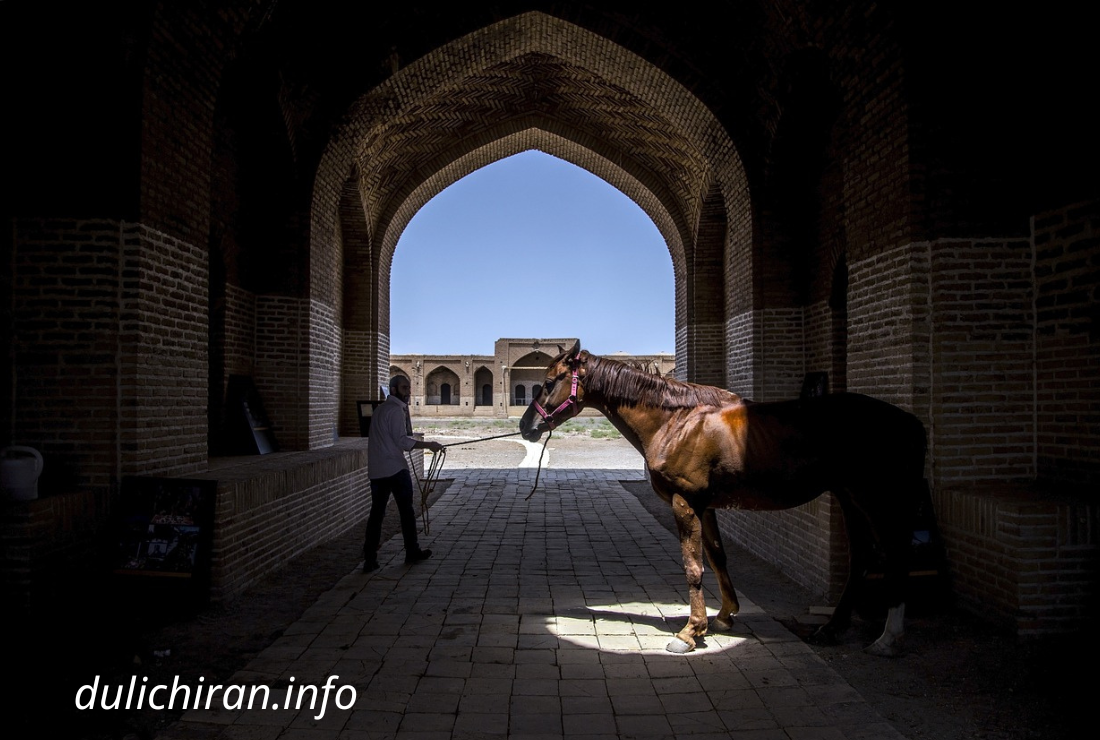Iran, a country known for its rich history and vibrant culture, is also home to some of the most stunning natural landscapes in the world. From towering mountain ranges and serene deserts to lush valleys and striking rock formations, Iran offers a diverse array of natural wonders that captivate and inspire. Here’s a guide to the top natural wonders you must see in Iran, each showcasing the country’s breathtaking beauty.
Key Takeaways
- Iran boasts a diverse range of natural wonders, including mountains, deserts, valleys, and rock formations.
- Each region offers unique landscapes, from the snowy peaks of the Alborz Mountains to the otherworldly formations of the Dasht-e Kavir desert.
- Exploring these natural wonders provides a deep appreciation for Iran’s geographical diversity and natural beauty.
- Traveling to these sites offers opportunities for outdoor adventures, photography, and cultural experiences.
The Majestic Alborz Mountains
The Alborz Mountains, stretching across northern Iran, are renowned for their majestic beauty and towering peaks. Home to Mount Damavand, the highest peak in Iran and the Middle East, this mountain range offers breathtaking vistas and a range of outdoor activities.
Mount Damavand
Standing at 5,610 meters (18,410 feet), Mount Damavand is a dormant volcano and a prominent symbol of Iran. Its snow-capped summit, visible from miles away, creates a dramatic backdrop against the surrounding landscape. The mountain is a popular destination for climbers and hikers seeking to experience its challenging ascent and awe-inspiring views.
Dizin Ski Resort
Dizin, located in the Alborz Mountains, is one of Iran’s premier ski resorts. It offers a range of winter sports and spectacular mountain scenery. The resort’s high altitude and reliable snowfall make it a favorite among skiers and snowboarders.
The Stunning Dasht-e Kavir Desert
The Dasht-e Kavir, or Great Salt Desert, is one of Iran’s most iconic landscapes. This vast desert features striking salt flats, expansive sand dunes, and unique rock formations that create a surreal and otherworldly environment.
Salt Flats
The salt flats of Dasht-e Kavir are a remarkable sight, with their cracked, white surfaces stretching out as far as the eye can see. These salt formations are a result of ancient lakes that have dried up over time, leaving behind vast salt deposits.
Mesr Desert
The Mesr Desert, located within the Dasht-e Kavir, is known for its picturesque sand dunes and stunning desert landscapes. The serene environment and picturesque sunsets make it an ideal location for photography and experiencing the tranquility of the desert.
The Verdant Golestan National Park
Golestan National Park, situated in northeastern Iran, is a lush and diverse natural area that showcases the country’s ecological variety. The park’s rich forests, diverse wildlife, and scenic landscapes make it a must-visit destination for nature enthusiasts.
Forest Trails
The park features dense forests with diverse flora and fauna. Hiking trails meander through these forests, offering opportunities to explore the lush vegetation and enjoy the peaceful surroundings.
Wildlife Viewing
Golestan National Park is home to a variety of wildlife, including Persian leopards, wild boars, and numerous bird species. The park’s diverse habitats provide excellent opportunities for wildlife observation and photography.
The Dramatic Landscapes of the Lut Desert
The Lut Desert, or Dasht-e Lut, is renowned for its extreme landscapes and harsh climate. It is one of the hottest and driest places on Earth, with some of the most striking and unique geological formations.
Gandom Beryan Plateau
The Gandom Beryan Plateau is known for its record-breaking high temperatures and striking lava formations. The plateau’s harsh environment creates a dramatic and unspoiled landscape, offering a glimpse into the desert’s raw beauty.
Yardangs
Yardangs are wind-eroded formations that resemble elongated ridges or hills. The Lut Desert is home to some of the largest and most impressive yardangs in the world, creating a surreal and mesmerizing landscape.
The Beautiful Hormuz Island
Hormuz Island, located in the Persian Gulf, is renowned for its vibrant red soil, colorful rock formations, and stunning coastal scenery. The island’s unique geology and picturesque beaches make it a captivating destination.
Rainbow Valley
Rainbow Valley on Hormuz Island is known for its strikingly colorful rock formations. The valley’s vibrant hues are the result of various minerals and geological processes, creating a visually stunning landscape.
Hormuz Island Beaches
The island’s beaches, with their clear waters and picturesque surroundings, offer opportunities for relaxation and exploration. The combination of colorful cliffs and pristine waters provides a unique and beautiful coastal experience.
Conclusion
Iran’s natural wonders offer a breathtaking array of landscapes, from majestic mountains and serene deserts to lush forests and dramatic rock formations. Each site provides a unique glimpse into the country’s diverse geography and natural beauty, making them must-see destinations for travelers seeking to experience the best of Iran’s natural environment.
Exploring these natural wonders not only reveals the stunning landscapes of Iran but also offers opportunities for adventure, relaxation, and cultural enrichment. Whether you’re hiking in the Alborz Mountains, traversing the deserts of Dasht-e Kavir, or exploring the lush forests of Golestan National Park, Iran’s natural beauty is sure to leave a lasting impression.
FAQ
What are the best times to visit Iran’s natural wonders?
The best times to visit Iran’s natural wonders are typically during spring (March to May) and autumn (September to November), when the weather is mild and pleasant. Summer can be extremely hot, especially in desert regions, while winter can bring snow and cold temperatures to mountainous areas.
Are there guided tours available for exploring these natural wonders?
Yes, guided tours are available for many of Iran’s natural wonders. These tours can provide valuable insights, ensure safety, and enhance your overall experience. It’s advisable to research and book tours with reputable operators who specialize in the regions you plan to visit.
What should I pack for a trip to Iran’s natural wonders?
Pack appropriate clothing for varying weather conditions, including layers for cold temperatures in mountainous areas and light, breathable clothing for desert regions. Essential items include sturdy hiking boots, sunscreen, a hat, and plenty of water. Also, consider packing a camera to capture the stunning landscapes.
Are there any cultural considerations to keep in mind while visiting Iran?
Yes, Iran has specific cultural norms and customs. It’s important to dress modestly, respect local traditions, and adhere to any regulations related to photography or behavior in natural and historical sites. Familiarize yourself with local customs and guidelines to ensure a respectful and enjoyable visit.






